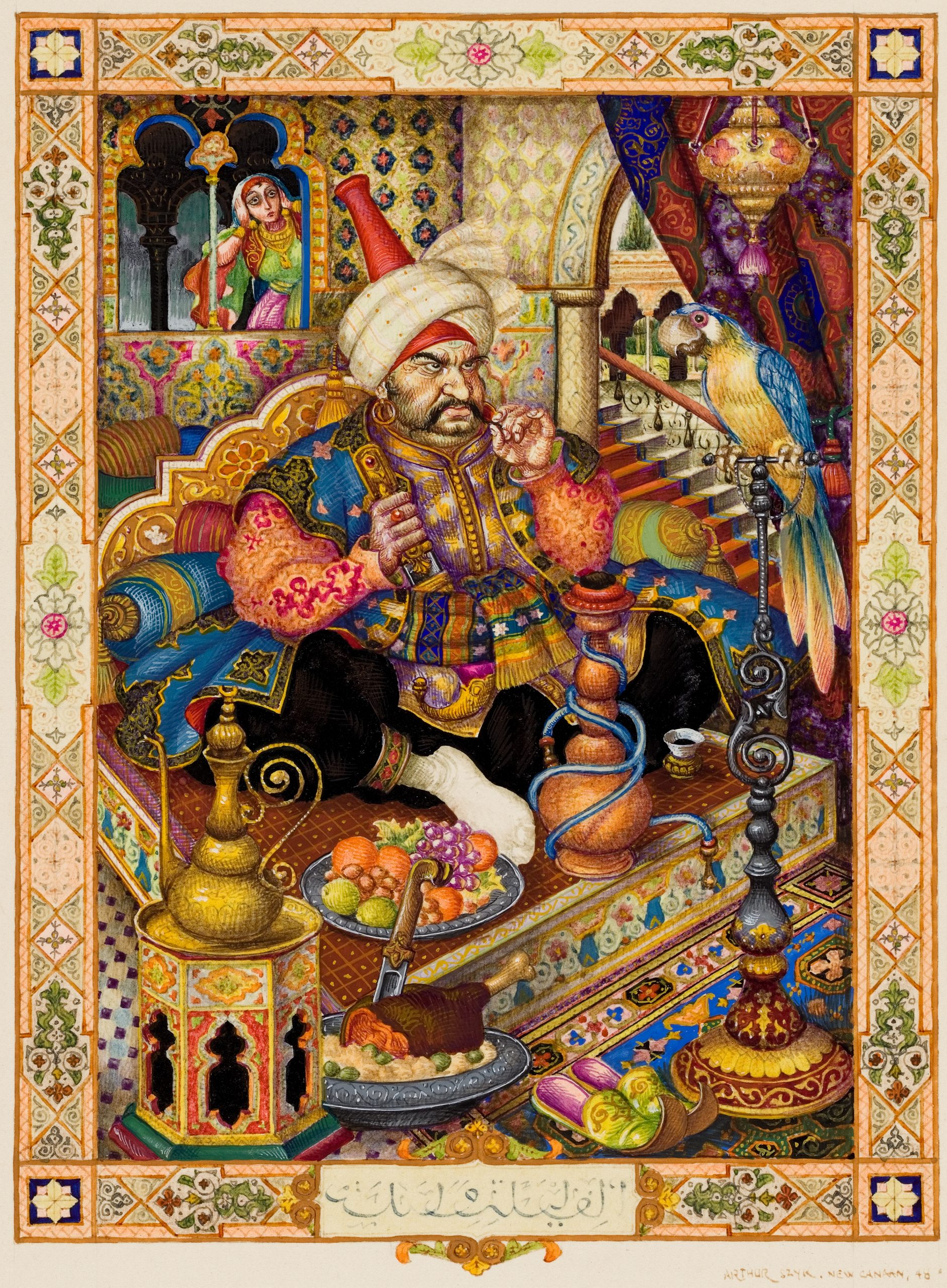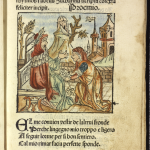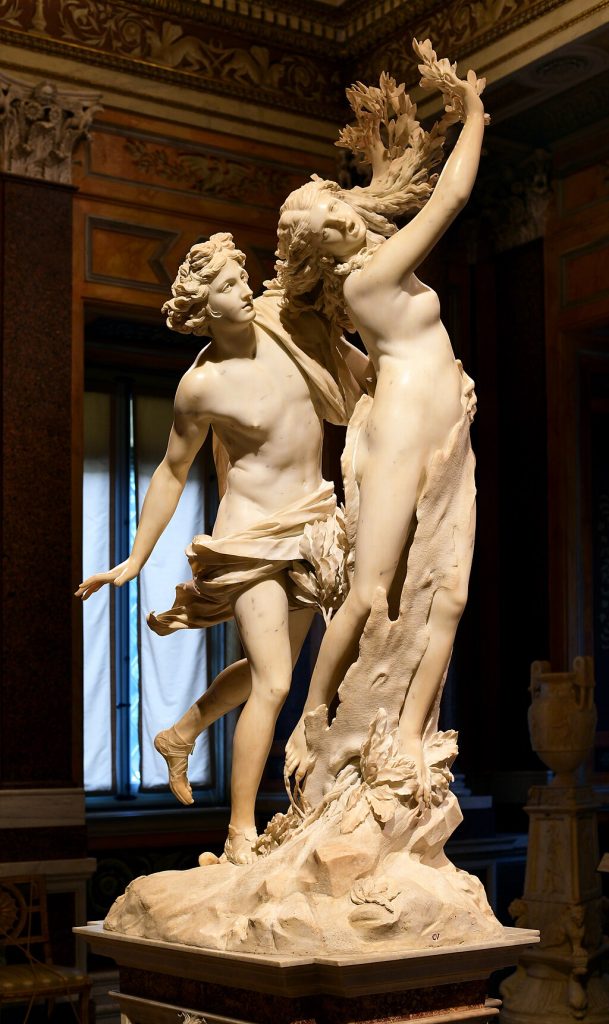Part 2: Ecocriticism in Folklore & Dramatic Satire
Part Two: How Does Folklore Intersect with Justice?
Featured Chapters
Chapter Four Greek Folklore: Aesop’s Fables (600 BCE) with Life on Land, Quality Education, Gender Equality, & Innovative Infrastructure Intersections
Chapter Five Roman Folklore: Adaptations of Greek mythology in Ovid’s Metamorphoses (8 CE) with Gender Equality and Reducing Inequality and Peace and Justice Intersections
Chapter Six Persian, Eastern, and Middle Eastern Folklore: The Story Collection Arabian Nights (1400s) with Gender Equality, Reducing Inequality, & Peace and Justice Intersections
Chapter Seven Folklore in Early Modern Theater: Ben Jonson’s Allegorica; Satire Volpone; Or the Fox (1606) with Sustainable Communities, Reducing Inequality, & Sustainable Consumption & Production Intersections
An Introduction of Part Two
Outcomes and Skills Practiced
Part Two features folklore and its representations of nature and versions of anthropomorphism.
- To succeed, continue to build close reading and annotation skills in textual analysis and writing
- Develop textual analysis skills to identify and apply interpretive approaches to key passages in folklore
- Identify folkloric literary devices in story collections, animal fables, and satirical theater
- Build on annotations and critical thinking skills by adding inquiries on featured literary concepts
- Continue to practice critical reading and textual analysis of ‘ecocritical’ interpretative approaches
A specific concern of ecocriticism is how
anthropocentrism and systemic subjectivism
have shaped the Western view of the natural world.
Waldemer, 2003



Arabian Nights’ “The Husband & the Parrot” (left), book cover of Aesop’s Fables (center), & Ovid’s Apollo & Daphne (right) CC
Media Attributions
- Book cover of Aesop’s Fables © Wikipedia is licensed under a Public Domain license
- Statue of Apollo and Daphne © Wikipedia is licensed under a Public Domain license

